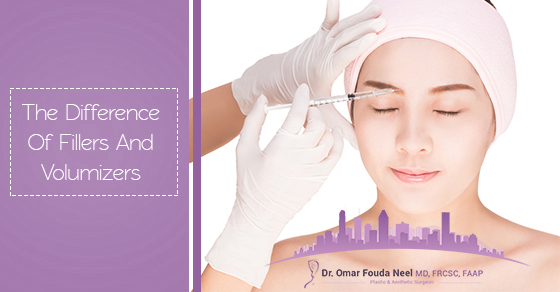
If you want to reduce the visible signs of aging that manifest themselves around the mouth region, then dermal fillers and dermal volumizers are your best bet.
While they’re both useful as cosmetic treatment options, they are not the same thing, so you need to know what they are and how they can best be used.
Dermal fillers and dermal volumizers both have the stamp of approval of both the Canadian and U.S. Federal Food and Drug Administration. In terms of dermal fillers, popular options include JUVÉDERM®, PERLANE®, RADIESSE®, and RESTYLANE®. On the other hand, popular dermal volumizers include the likes of Sculptra®.
Below is information you’ll need to help you understand how dermal fillers and dermal volumizers differ and which one might be best for you.
Dermal Fillers
Dermal fillers do their magic by triggering further collagen production in areas surrounding the mouth. They reduce the prominence of wrinkles, loose skin, and folds.
Fillers such as Juvederm and the others mentioned above employ a clear gel that has hyaluronic acid that revitalizes the skin around the mouth. Since the human body naturally produces hyaluronic acid, these fillers employ this substance to stimulate further collagen development to temporarily boost volume.
A cosmetic professional performs the procedure by using tiny needles, and results post-treatment are immediate. In order to achieve the patient’s end goal, multiple injections might be necessary. Downtime is minimal, and the results last up to a year.
Dermal Volumizer
Dermal volumizers are injected into the patient’s face to correct the visible signs of aging around the mouth region. The main differences when comparing dermal volumizers and dermal fillers is that the former uses a different type of acid than the latter, and this leads to a longer-lasting end result.
Again, the most popular type of dermal volumizer is Sculptra, which fixes facial wrinkles, smile lines, and folds by strengthening and enhancing skin tissue volume.
A cosmetic professional doing the procedure will inject a substance into the patient so as to trigger collagen production in the skin. A patient may need as many as four sessions in order to see the best results; however, you should see noticeable improvements after session one. While dermal fillers may last half a year to a year, dermal volumizers can last two years or even longer.
Dermal fillers and dermal volumizer can help you achieve your cosmetic goals, and knowing the differences can help you to choose the right ones. Speak to one of our professionals today to see how to best go about correcting your visible signs of aging.









